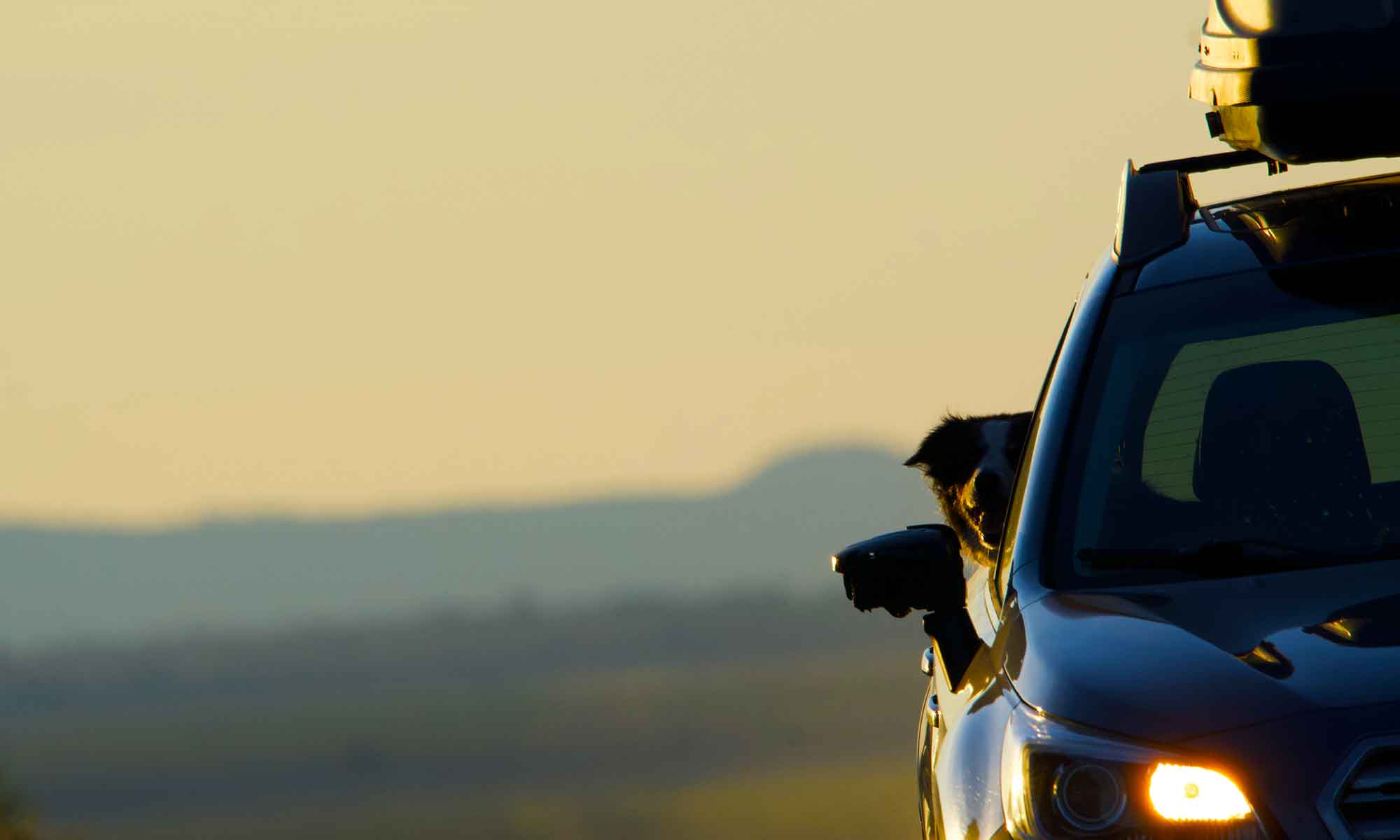
Days are growing shorter and mornings colder. Leaves have shifted from green to gold and paint the ground amber around our picnic spot.


Fall in Central Oregon is a very short season . . . a brief few weeks between ‘Indian summer’ and first snow.
I’m still looking for Steelhead, so we’re making the trek to the Lower Deschutes.
This week we scouted different access spots, a task acknowledging Tip’s desire to wade, as well as the need to access good holding water.
Just upstream from where the White River empties turbid waters into the Deschutes was a nice stretch. Still no luck catching Steelhead.

However, the sun tempered a morning chill and we found a nice spot to brew a cup of coffee and enjoy our lunch.

Winter looms and we wake to a dusting of snow on the ground more than once.
The week ahead promises wet but mild weather. We’ll pack rain gear, break out the beanies and generally prepare for colder days.

However, this day was a perfect Fall day on the Lower Deschutes and we took advantage of that.











 The rules are simple enough for children to pick up. However, around the Schommer family table there might be rough language thrown about.
The rules are simple enough for children to pick up. However, around the Schommer family table there might be rough language thrown about.































